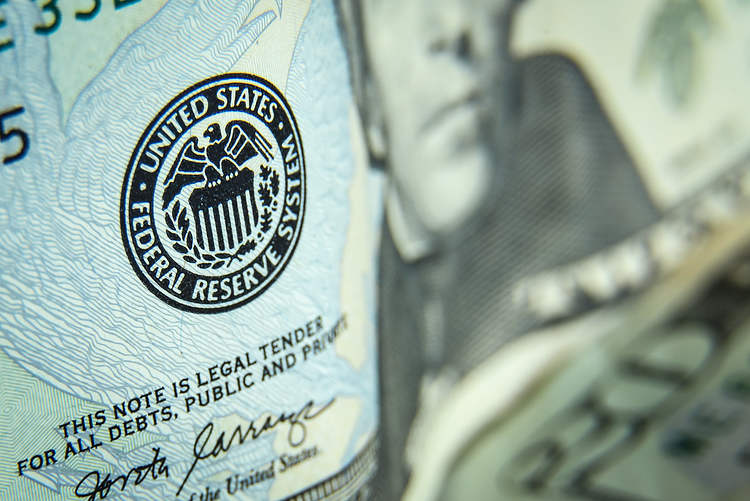Fed's Daly: Risks to the outlook are equally balanced
In an interview with Bloomberg on Friday, San Francisco Federal Reserve President Mary Daly said that she thinks the policy is in a good place.
Key takeaways
"We don't know what incoming administration will do so for me it's about the data."
"Risks to the outlook are equally balanced."
"The data on inflation are coming in showing slowed progress relative to what we wanted, it's bumpy."
"I saw this as a close call."
"Ultimately I determined the 100 bp to now was right place, recalibration phase now over."
"Now you wait watchfully before making further cuts."
"I was comfortable with median outlook."
"My projection is it will take many fewer rate cuts next year than we had thought."
"Incoming data shows consumer spending and growth are much stronger, disagreement about neutral rate."
"Level of uncertainty now is normal, not like period around pandemic."
"Firms are saying they can find workers, workers saying they can find jobs, we don't want that to break."
"We might end up with fewer cuts than 2 or more than 2 if labor market weakens notably."
Fed FAQs
Monetary policy in the US is shaped by the Federal Reserve (Fed). The Fed has two mandates: to achieve price stability and foster full employment. Its primary tool to achieve these goals is by adjusting interest rates. When prices are rising too quickly and inflation is above the Fed’s 2% target, it raises interest rates, increasing borrowing costs throughout the economy. This results in a stronger US Dollar (USD) as it makes the US a more attractive place for international investors to park their money. When inflation falls below 2% or the Unemployment Rate is too high, the Fed may lower interest rates to encourage borrowing, which weighs on the Greenback.
The Federal Reserve (Fed) holds eight policy meetings a year, where the Federal Open Market Committee (FOMC) assesses economic conditions and makes monetary policy decisions. The FOMC is attended by twelve Fed officials – the seven members of the Board of Governors, the president of the Federal Reserve Bank of New York, and four of the remaining eleven regional Reserve Bank presidents, who serve one-year terms on a rotating basis.
In extreme situations, the Federal Reserve may resort to a policy named Quantitative Easing (QE). QE is the process by which the Fed substantially increases the flow of credit in a stuck financial system. It is a non-standard policy measure used during crises or when inflation is extremely low. It was the Fed’s weapon of choice during the Great Financial Crisis in 2008. It involves the Fed printing more Dollars and using them to buy high grade bonds from financial institutions. QE usually weakens the US Dollar.
Quantitative tightening (QT) is the reverse process of QE, whereby the Federal Reserve stops buying bonds from financial institutions and does not reinvest the principal from the bonds it holds maturing, to purchase new bonds. It is usually positive for the value of the US Dollar.
Forex News
Keep up with the financial markets, know what's happening and what is affecting the markets with our latest market updates. Analyze market movers, trends and build your trading strategies accordingly.


















